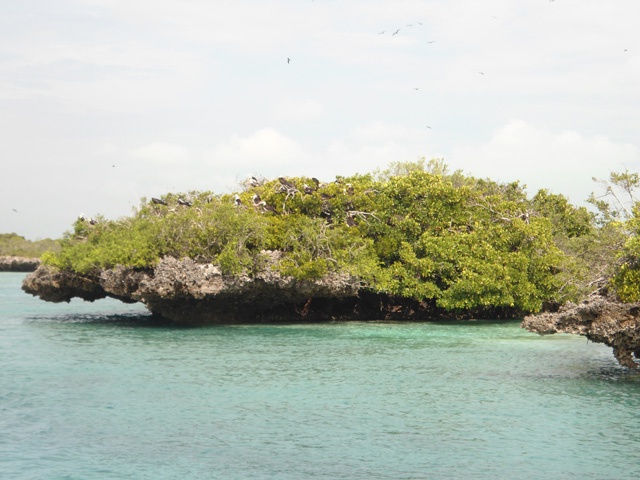Seychelles islands’ UNESCO World Heritage sites praised as models for connecting cultural and natural heritage
Arts & Culture |Author: Sharon Meriton-Jean and Betymie Bonnelame | November 1, 2015, Sunday @ 13:53| 5591 views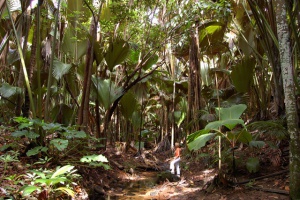
UNESCO world heritage site of Vallee de Mai on Praslin where grows the biggest seed in the world, the coco-de mer. (Gerard Larose, STB)
(Seychelles News Agency) - The Seychelles islands' management of its two UNESCO World Heritage sites could be used as a worldwide model on how to link culture and heritage for the protection of sites that have outstanding natural beauty, historical and cultural importance.
This was a statement made by Sue Millar, the chairman of the International Cultural Tourism Committee (ICTC) of the International Council on Monuments and Sites (ICOMOS), during a working visit to the island nation earlier this month.
“Not only do you have very good visitor management, very good conservation management but you are in the forefront here in the Vallee de Mai, in Praslin, in looking forward to how you can link culture and heritage, how you can expand our understanding of the world….not as nature in one side and culture on the other but how they can interrelate,” says Millar.
 |
| Sue Millar, the chairman of the International Cultural Tourism Committee (ICTC) of the International Council on Monuments and Sites (ICOMOS), recently visited Vallee de Mai on Praslin. (Seychelles News Agency) Photo License: CC-BY |
The archipelago of 93,000 people has two natural sites listed under the UNESCO World Heritage sites; the Vallee de Mai nature reserve and Aldabra Atoll. Located almost one thousand miles from each other, the committee members during their visits could only feast their eyes on the natural beauty of Vallee de Mai, found on Praslin, home of the Seychelles endemic Coco de Mer, one of the world’s largest seeds from a plant.
Millar also commended the Seychelles Island Foundation (SIF), a public trust created in 1979, which has been managing the sites, for their ‘on-going’ and ‘successful venture’ in merging tourism with a natural site.
The Foundation has been managing and protecting the two sites for the past 30 years and these words of praise surely brings much needed encouragement to the whole team.
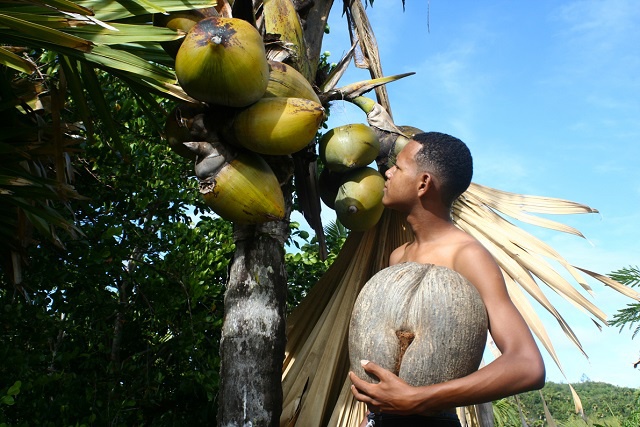 |
| A Seychellois boy holds a mature inner shell of a Coco-de-Mer while gazing up at smaller nuts, still encased in their green husks on the palm tree. Vallee de Mai on the Seychelles second most populated island of Praslin is home to the endemic Coco de Mer palm. (Gerard Larose, STB) |
The Chief Executive of the Foundation, Frauke Fleischer-Dogley told SNA; “We at SIF are proud that organisations like these are impressed with our work and have asked us if we can be used as models in future.”
She added that this is not the first time they have been congratulated for the efficient work they have been doing. They have also been commended by the International Union for Conservation of Nature (IUCN) and rated highly effective for managing and protecting the island nation’s two world heritage sites in December last year.
|
|
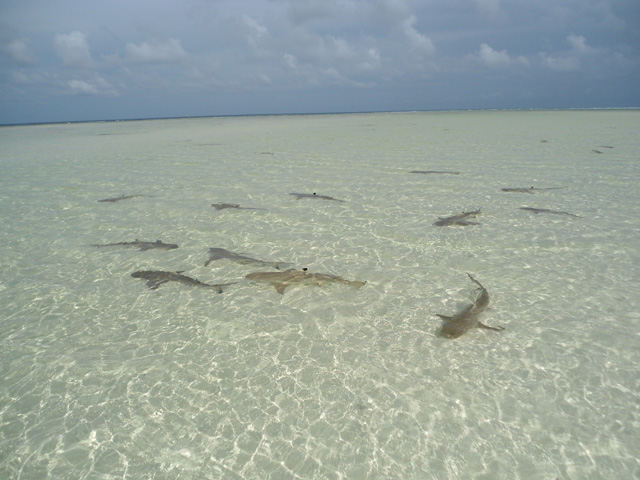 |
| The unique flora and fauna of the Aldabra atoll, one of Seychelles' two UNESCO Heritage sites is also protected and managed by the Seychelles Islands Foundation. (Rassin Vannier, Seychelles News Agency) Photo License: CC-BY |
The ICOMOS committee which also included specialists in archaeology and historical sites was in also in Seychelles to assess the possibility of ‘the Mission ruins of Venn’s town becoming Seychelles third UNESCO world heritage site.
The Seychelles culture ministry submitted the nomination of the ‘Mission ruins of Venn’s Town,’ situated in the mountains of Sans Souci in the Port Glaud district, in February 2013. The nomination was supported by the Seychelles Heritage Foundation which manages the site.
SNA spoke to Patrick Nanty, the Chief Executive of the Heritage Foundation and also a member of the ICOMOS International Cultural Tourism Committee. Nanty said his dual role, as head of the foundation and a member of the international committee, was instrumental in bringing the specialists to conduct the assessment.
“They bring their expertise by going on the field and doing their case studies as they are experts in field like archaeology, some are historians so they can help a country make a better project document” explained Nanty.
He added that many nominations are submitted to the organisation and Seychelles needed all support possible to develop a strong case.
Although reluctant to speak about the Venn’s Town site, Millar says the members will present their finding to UNESCO soon.
“We are very supportive of it…..we think it has a lot of possibilities…. And it’s being develop very well. But we are yet to hear the full details. So yes, is my impression but we are not here to actually recommend or comment in that way. We are here as a committee to look at the possibilities and that’s what we are doing.”
For the Seychelles islands, Venn’s Town has a unique historical and cultural value and the settlement was set up during an important period in the history of the nation. It came about in 1875 when the islands entered into a new era with the freedom given to African slaves brought to the archipelago. They had an integral role in developing the country’s Creole identity.
 |
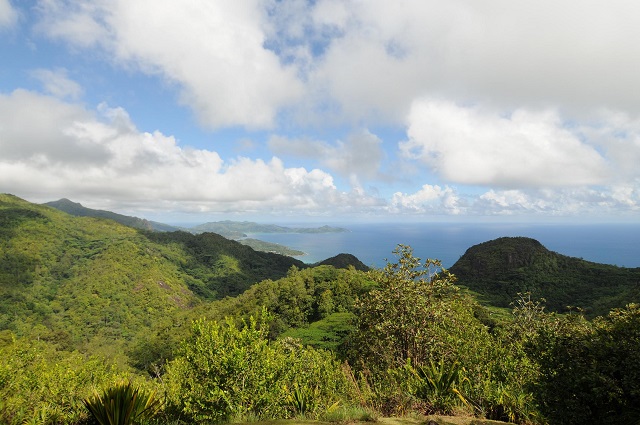 |
| A spectacular view of Mahe's western coast from Mission, Sans Souci. A team from the International Cultural Tourism Committee (ICTC) of the International Council on Monuments and Sites (ICOMOS) was in Seychelles recently to assess whether the site can become Seychelles' third UNESCO world heritage site. (Patrick Joubert, Seychelles News Agency) Photo License: CC-BY |
Having another world heritage site in a the Seychelles may not bring in direct benefits but just the brand as a heritage site of the world is enough to raise the country’s image, says Nanty.
“It gives you something like a brand because all world heritage sites, as soon as people who are interested in those kinds of things, will want to visit, so the marketing is very good. It also attracts people who do research and they are also interested in seeing the place,” he added.
For a small developing island state like Seychelles, largely dependent on tourism, it will be an added bonus.
The site which comprises of ruins and a cemetery added to the original settlement, where the liberated slave’s children were buried, became a national monument in 1984.
 |
| The ‘Mission ruins of Venn’s Town,’ situated in the mountains of Sans Souci in the Port Glaud district, comprises of ruins and a cemetery added to the original settlement, where the liberated slave’s children were buried. (Patrick Joubert, Seychelles News Agency) Photo License: CC-BY |
The visit of the delegation to Seychelles also coincided with the 50th anniversary of ICOMOS. A workshop looking at future challenges in culture and development of world heritage was also held in the country.
ICOMOS is a non-governmental international organisation set up in 1965 and works on the protection and conservation of monuments and sites across the world.
Back

